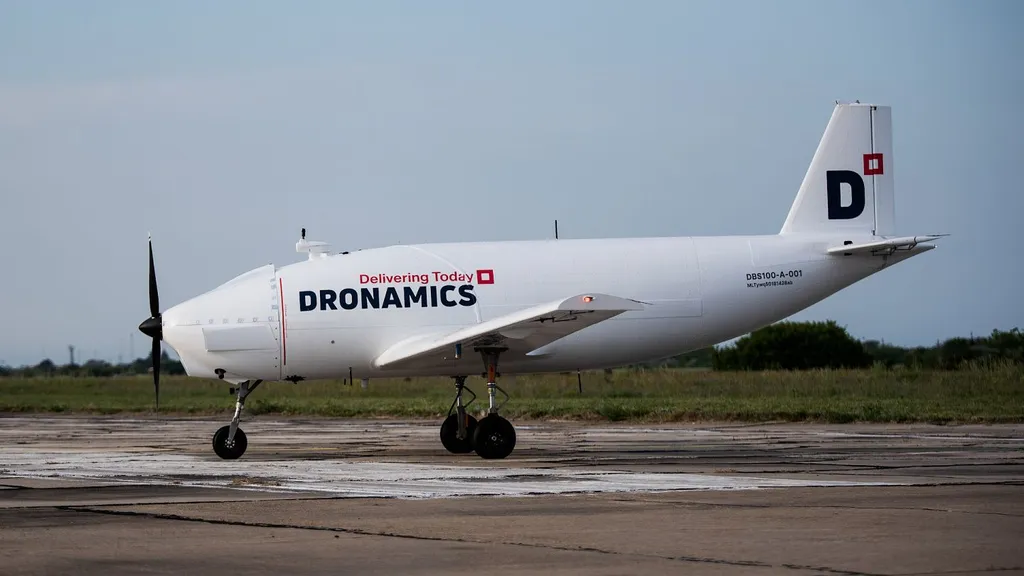In the vast, fertile fields of Southern Dobrudzha, Bulgaria, a quiet revolution is taking flight. Researchers, led by Asparuh Atanasov from the Technical University of Varna, are harnessing the power of small robotic unmanned aerial vehicles (UAVs) to transform the way we monitor and manage agricultural crops. Their work, published in the journal *Plant Science* (Растениевъдни науки), offers a glimpse into the future of precision agriculture, with significant implications for the energy sector.
Atanasov and his team have been testing the capabilities of small UAVs equipped with built-in cameras and near-infrared sensors. Their goal? To gather timely and accurate data on crop development, enabling early diagnosis of potential issues. “Timely diagnosis of trends in the development of agricultural crops is essential for precision agriculture,” Atanasov explains. “The use of UAVs allows us to quickly and accurately collect information about crops.”
The results of their study are promising. The UAVs successfully identified a reduced vegetation index due to pathogens and a defect in the planter, demonstrating their potential to enhance agricultural monitoring. As Atanasov notes, “The obtained dependencies show the possibility of using aircraft in the agrometeorological situation of Dobrudzha.”
So, what does this mean for the energy sector? Precision agriculture isn’t just about improving crop yields; it’s also about optimizing resource use. By using UAVs to monitor crops, farmers can reduce water and fertilizer use, lowering the energy required for irrigation and production. Moreover, healthy, well-managed crops can contribute to bioenergy production, providing a sustainable source of energy.
The research also opens up new possibilities for the future. As UAV technology continues to advance, we can expect these small robotic aircraft to become even more sophisticated, offering real-time data and analysis. This could revolutionize the way we approach agriculture, making it more efficient, sustainable, and productive.
Atanasov’s work is a testament to the power of innovation in agriculture. As he puts it, “The possibilities are vast, and we’re only just beginning to explore them.” With further research and development, small robotic UAVs could become a mainstay in agricultural monitoring, shaping the future of precision agriculture and the energy sector.

